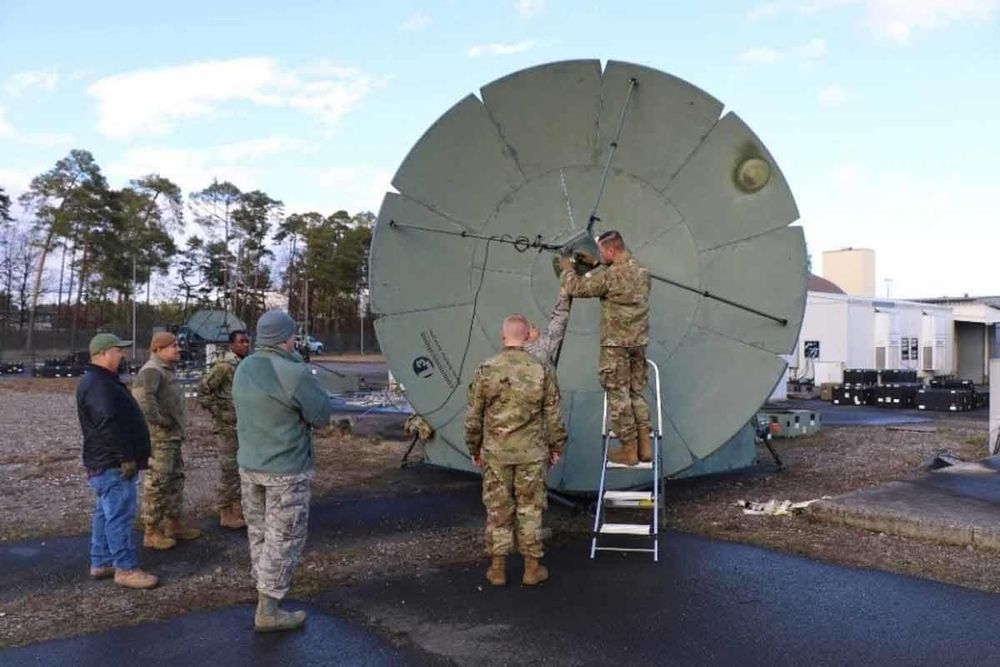Might our DNA be triggered via AI.



The One Love Machine band are a scrappy crew. They have an affinity for punk rock, and members of the band play the bass, drums and flute. Oh, and they’re all robots. The band is made up of scrap metal animatronics, created from salvaged junk from scrapyards around Berlin. For creator of the band Kolja Kugler, it’s all about giving new life to discarded objects.

With much of the world planning to pivot away from oil and gas in the near future, the country’s government is looking ahead to a more diversified energy sector. The international ‘green’ trend is a significant threat to the Russian economy, which is at present largely dependent on the export of oil, gas, and coal. Starting from 2021, the government intends to build on the country’s reputation as a hydrogen supplier, aiming to make exports of the world’s most abundant gas a large part of its energy sector.

Hurricane Douglas is forecast to sweep through Hawaii as a tropical storm or hurricane this weekend, where it could produce flash flooding, strong winds and pounding surf.
The Central Pacific Hurricane Center has issued a hurricane watch for Oahu in addition to the Big Island of Hawaii and for Maui County, including Maui, Lanai, Molokai and Kahoolawe. Hurricane conditions are possible in this area Saturday night into Sunday, with tropical storm conditions possible as soon as Saturday evening.
After peaking at Category 4 intensity, Douglas is now slowly weakening as it churns several hundred miles east-southeast of Hilo, Hawaii, moving quickly west-northwest.


Antimatter drive propulsion to Mars in 300 days.
Mars is the most habitable planet in the Solar System after Earth. But how long does it take to get to Mars? Depending on the technology, the red planet’s position, and some other things, somewhere between 150 to 300 days.
Once every two years or so, Mars and Earth reach their closest points, with the red planet being as close as 55 million kilometers / 34 million miles.
Many space agencies have taken advantage of this orbital alignment and sent many spacecraft to Mars. The journey usually takes between 150 to 300 days, depending on the speed of the launch, the alignment, and the length of the trip.

The current world population of 7.6 billion is expected to reach 8.6 billion in 2030, 9.8 billion in 2050 and 11.2 billion in 2100, according to a new United Nations report being launched today. With roughly 83 million people being added to the world’s population every year, the upward trend in population size is expected to continue, even assuming that fertility levels will continue to decline.
The World Population Prospects: The 2017 Revision, published by the UN Department of Economic and Social Affairs, provides a comprehensive review of global demographic trends and prospects for the future. The information is essential to guide policies aimed at achieving the new Sustainable Development Goals.

We are closer to being able to build a Dyson Sphere than we think. By enveloping the sun in a massive sphere of artificial habitats and solar panels, a Dyson Sphere would provide us with more energy than we would ever know what to do with while dramatically increasing our living space. Implausible you say? Something for our distant descendants to consider? Think again. We could conceivably get going on the project in about 25 to 50 years, with completion of the first phase requiring only a few decades.

The U.S. Air Force has realigned some of its major space wings and transferred their missions to the Space Force in one of the largest command overhauls in nearly 40 years.
Space Force officials announced Friday that five Air Force units have moved to the military’s sixth branch. Three wings and eight subordinate groups or centers were deactivated in favor of creating the provisional Space Training and Readiness Command.
Read Next: Navy Helicopter Accidentally Drops Anti-Mine Pod Near the Chesapeake Bay.

“Not only does God play dice but… he sometimes throws them where they cannot be seen,” said Stephen Hawking about the paradoxical physics of black Holes. Welcome to the bizarre quantum world of “strange metals” –a new state of matter.
“The fact that we call them strange metals should tell you how well we understand them. Strange metals share remarkable properties with black holes, opening exciting new directions for theoretical physics,” says Olivier Parcollet, a senior research scientist at the Flatiron Institute’s Center for Computational Quantum Physics (CCQ), about the quantum world of metals that dissipate energy as fast as they’re allowed to under the laws of quantum mechanics. The electrical resistivity of a strange metal, unlike that of ordinary metals, is proportional to the temperature.
Even by the standards of quantum physicists, reports the Flatiron Institute, strange metals are just plain odd. Generating a theoretical understanding of strange metals is one of the biggest challenges in condensed matter physics. Now, using cutting-edge computational techniques, researchers from the Flatiron Institute and Cornell University have solved the first robust theoretical model of strange metals. The work reveals that strange metals are a new state of matter, the researchers report July 22 in the Proceedings of the National Academy of Sciences.